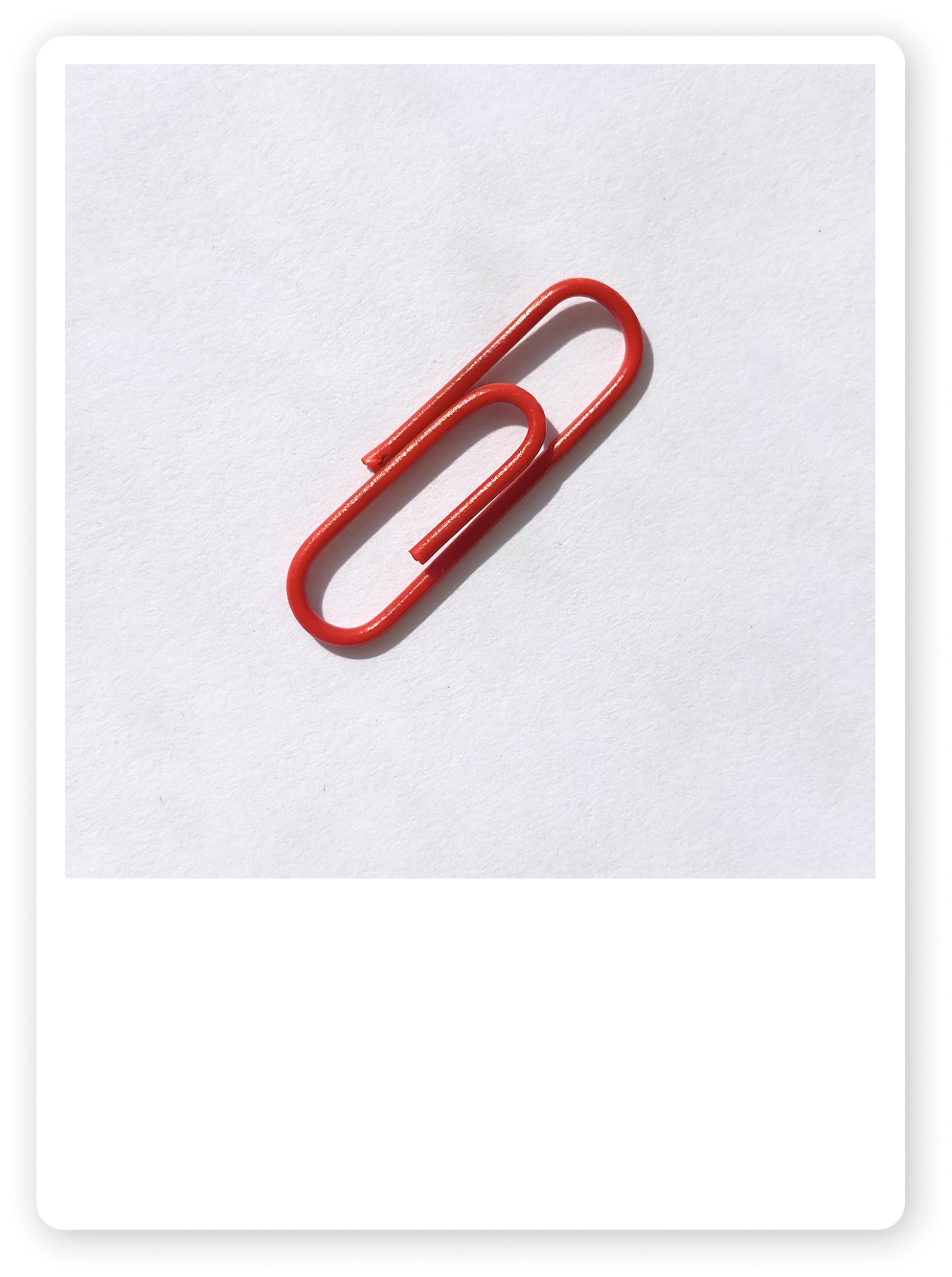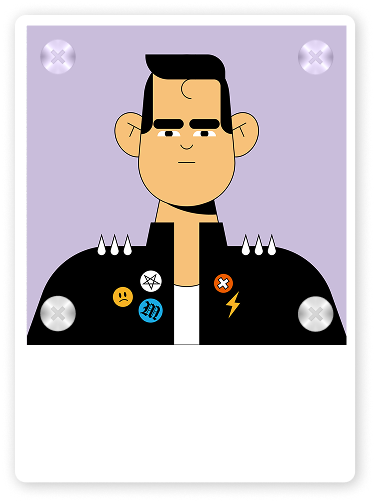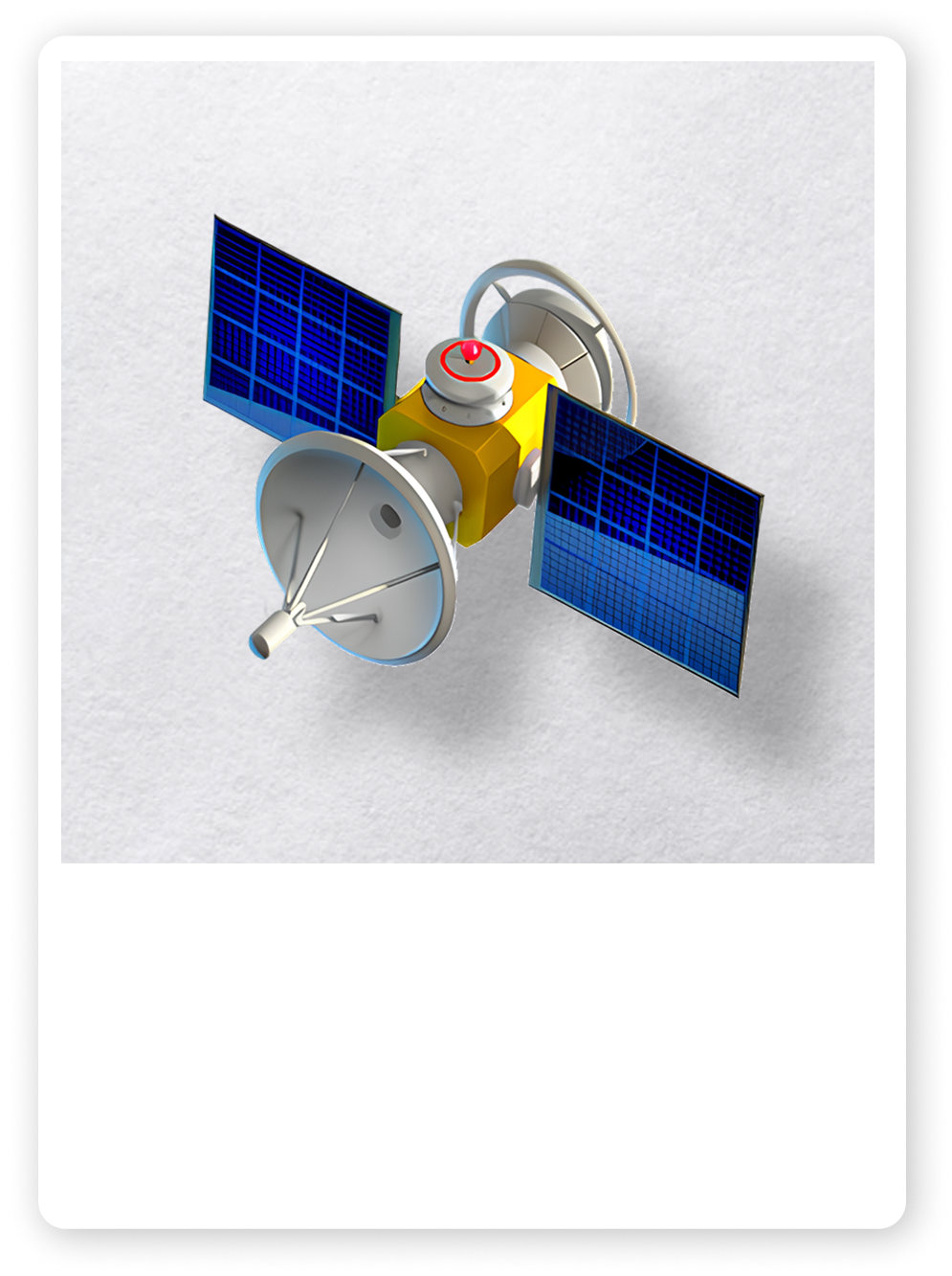
On a mission to trade a paperclip for a satellite


Trade the NFT above
for a more expensive one
and get your NFT screwed
(a small commission
applied)

An example of a neatly screwed NFT
In July 2005, Kyle MacDonald, set out to
trade a single red paperclip for a house
. Inspired by the childhood game Bigger, Better, he posted the paperclip on Craigslist, inviting offers
for trades. Over the course of one year and 14 trades, MacDonald achieved his goal, exchanging
increasingly valuable items across Canada and the United States.
His journey began with a
fish-shaped pen, which he traded for a handmade doorknob from Seattle. This was followed by a camp stove
in Massachusetts and a generator in California. In Queens, New York, he exchanged the generator for a
vintage neon Budweiser sign.
Media attention grew after he traded the sign for a snowmobile
offered by a Montreal radio host, leading to national coverage. Subsequent trades included a snowmobiling
adventure in British Columbia, a cube van, a recording contract, and a year's condo rental in Phoenix,
Arizona.
One of the most notable trades involved exchanging a day with musician Alice Cooper
for a Kiss snow globe. This trade proved pivotal when actor Corbin Bernsen offered a movie role in
exchange for the snow globe.
Finally, on July 12, 2006 the town of Kipling, Saskatchewan
traded MacDonald the movie role for a house at 503 Main Street
.
A celestial intervention in the tradition of land art and space-bound conceptualism, this unprecedented
work transforms the night sky into a site of contemplation. Nine satellites, stripped of function and
arranged with exacting precision, trace the universal distress signal in Morse code- a luminous, orbiting
plea visible to every inhabitant of Earth.
The work operates in the liminal space between
wonder and unease. It makes the familiar suddenly strange: viewers encountering this silent, moving
constellation must grapple with its ambiguity. Is it Earth calling for help? The artist? Ourselves? The
very act of looking upward becomes charged with new meaning.
Technical execution mirrors the
grandeur of the concept. Utilizing modified Starlink satellites in geosynchronous formation (34km span),
the piece merges cutting-edge aerospace engineering with the poetic economy of a single, repeating
message. At an estimated $47-55 million, it stands as the most ambitious artistic deployment of space
infrastructure to date.
Unlike traditional art objects, "SOS" exists in collective
experience. Its gallery is the atmosphere; its viewers, all of humanity. The work's power lies in its
simultaneity - a shared moment of dislocation and revelation under the same darkened sky.
From Singulatity museum acquisition records
Artist: A.C.C.E.P.T.A.N.C.E. (collective)
Title: Save Our Souls (S.O.S.)
Year: 2028 (first orbital deployment)



